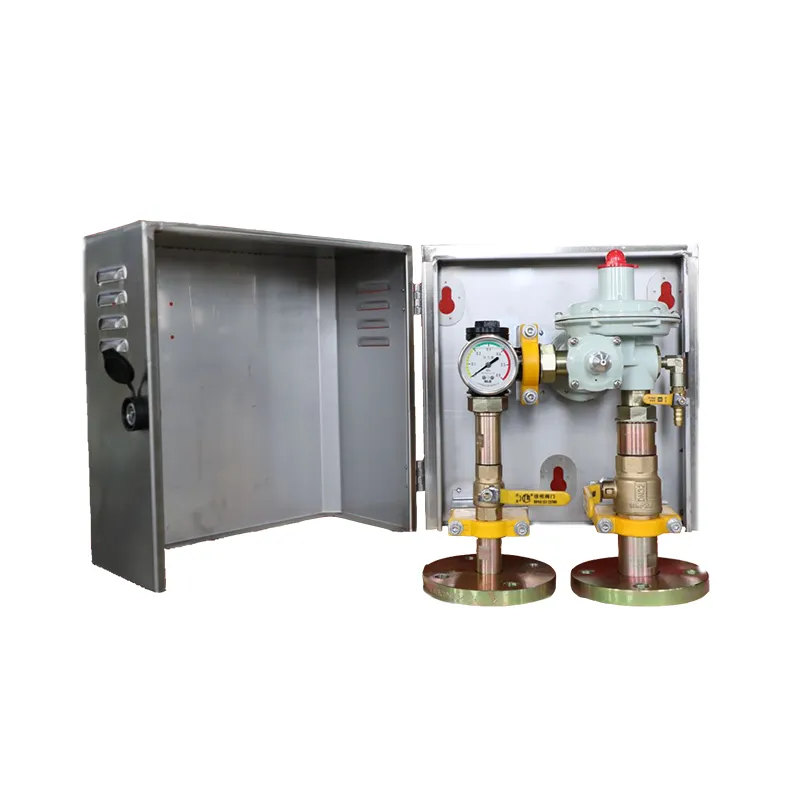
Nov . 21, 2024 06:29
Back to list
صمامات تخفيف الضغط
Pressure Relief Valves An Essential Safety Component in Engineering
Pressure relief valves (PRVs) play a crucial role in maintaining safety and efficiency in various industrial applications, including oil and gas, chemical processing, and power generation. These devices are designed to automatically release pressure from a system when it exceeds a predetermined level, thereby preventing catastrophic failures and ensuring the integrity of the equipment involved.
The Importance of Pressure Relief Valves
In any system that handles gases or liquids under pressure, there is an inherent risk of pressure build-up. Factors such as thermal expansion, exothermic reactions, or equipment malfunction can lead to excessive pressure, which can cause pipes to rupture, vessels to burst, or other critical failures. Here, pressure relief valves serve as a vital safety mechanism. By venting excess pressure, they mitigate the risk of accidents and protect both personnel and equipment.
How Pressure Relief Valves Work
A pressure relief valve operates on a simple principle. It is set to open at a specific pressure, known as the set pressure. When the internal pressure of the system reaches this set point, the valve opens and allows the fluid (gas or liquid) to escape, thus reducing the pressure. Once the pressure drops back to a safe level, the valve automatically closes. Most PRVs are designed to be fail-safe, meaning they will open if they sense dangerously high pressures, even in the event of a power failure or other system disruptions.
There are various types of pressure relief valves, including spring-loaded valves, pilot-operated valves, and rupture disks. Each type has its own mechanisms and applications, ensuring that the needs of different industries and systems are met.
.
1. Spring-loaded Valves These are the most common type of pressure relief valve. They use a spring to hold the valve closed under normal operating conditions. When pressure exceeds the set limit, the force of the gas or liquid acting on the valve overcomes the spring force, causing the valve to open.
صمامات تخفيف الضغط

2. Pilot-operated Valves These valves are more complex and typically used for larger systems. They utilize a small pilot valve that opens or closes in response to pressure changes, controlling a larger main valve. This allows for precise pressure regulation and is particularly beneficial in high-pressure applications.
3. Rupture Disks Unlike traditional valves, rupture disks are designed to fail at a specific pressure, providing a one-time release of pressure. They are often used in systems where a sudden and complete release of pressure is necessary.
Applications of Pressure Relief Valves
Pressure relief valves are used across various industries, including
- Oil and Gas In refineries and offshore platforms, PRVs protect equipment and personnel from the hazards associated with high-pressure environments.
- Chemical Processing PRVs are essential in reactors and storage tanks to prevent dangerous chemical reactions or leaks.
- Power Generation In steam and gas turbines, PRVs help manage the pressure to ensure safe operation.
Conclusion
In conclusion, pressure relief valves are indispensable safety devices that help maintain the integrity of pressurized systems. By allowing for controlled release of excess pressure, they prevent accidents and ensure safe operations in various industrial sectors. Proper selection, installation, and maintenance of these valves are critical for maximizing their effectiveness and ensuring the safety of personnel and equipment. As industries continue to evolve and innovate, the importance of reliable pressure relief systems will only increase, making it vital for engineers and safety professionals to prioritize this aspect of design and operations.
Next:
Latest news
-
Safety Valve Spring-Loaded Design Overpressure ProtectionNewsJul.25,2025
-
Precision Voltage Regulator AC5 Accuracy Grade PerformanceNewsJul.25,2025
-
Natural Gas Pressure Regulating Skid Industrial Pipeline ApplicationsNewsJul.25,2025
-
Natural Gas Filter Stainless Steel Mesh Element DesignNewsJul.25,2025
-
Gas Pressure Regulator Valve Direct-Acting Spring-Loaded DesignNewsJul.25,2025
-
Decompression Equipment Multi-Stage Heat Exchange System DesignNewsJul.25,2025

